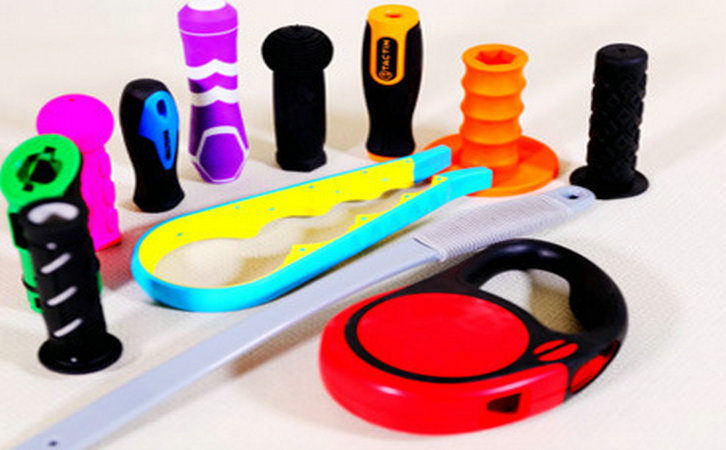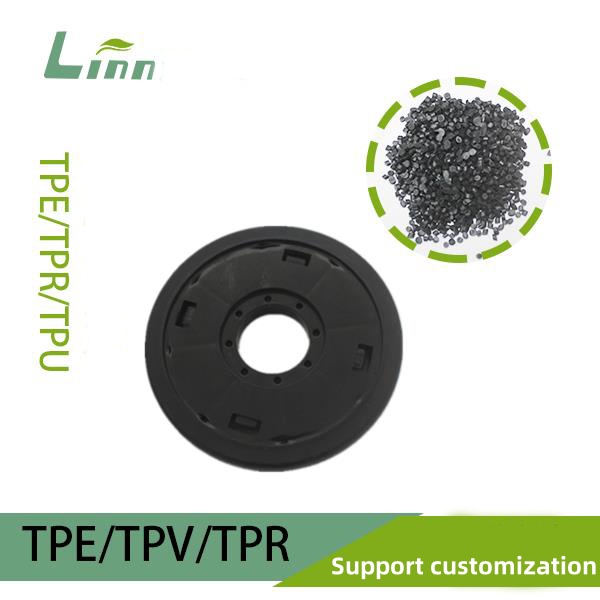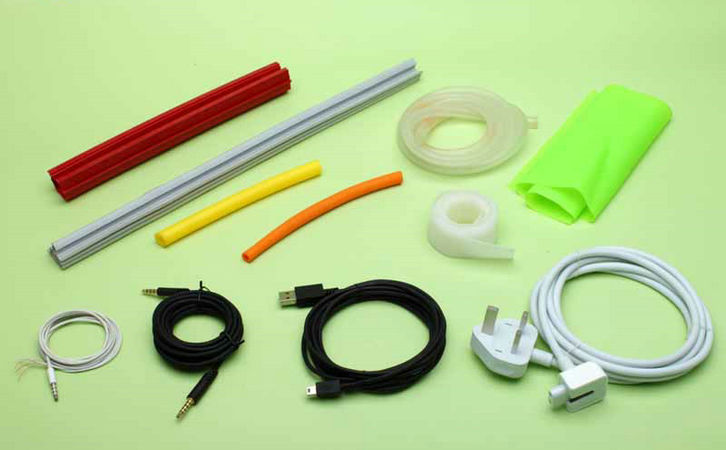What to Do When TPE Elastomer Material Fails to Fuse Properly?
In my years working with TPE (Thermoplastic Elastomer) injection molding, I’ve often felt like a detective, piecing together clues to solve production mysteries. One particularly vexing issue is when TPE material fails to fuse properly. The telltale signs—visible weld lines, rough surfaces, reduced strength, or even cracks—can make any engineer’s heart sink. As someone who’s […]
What to Do When TPE Elastomer Material Fails to Fuse Properly? Read More »




